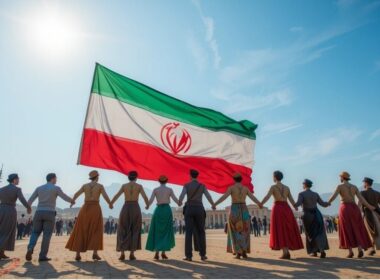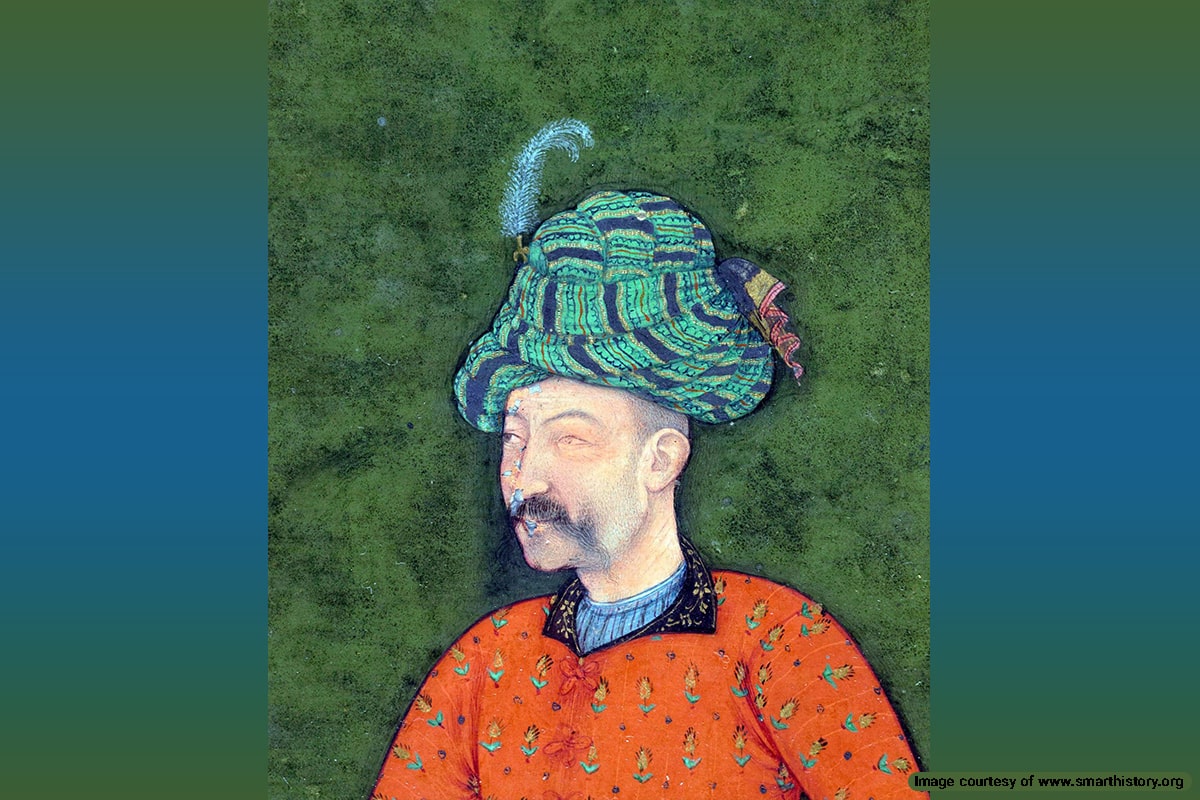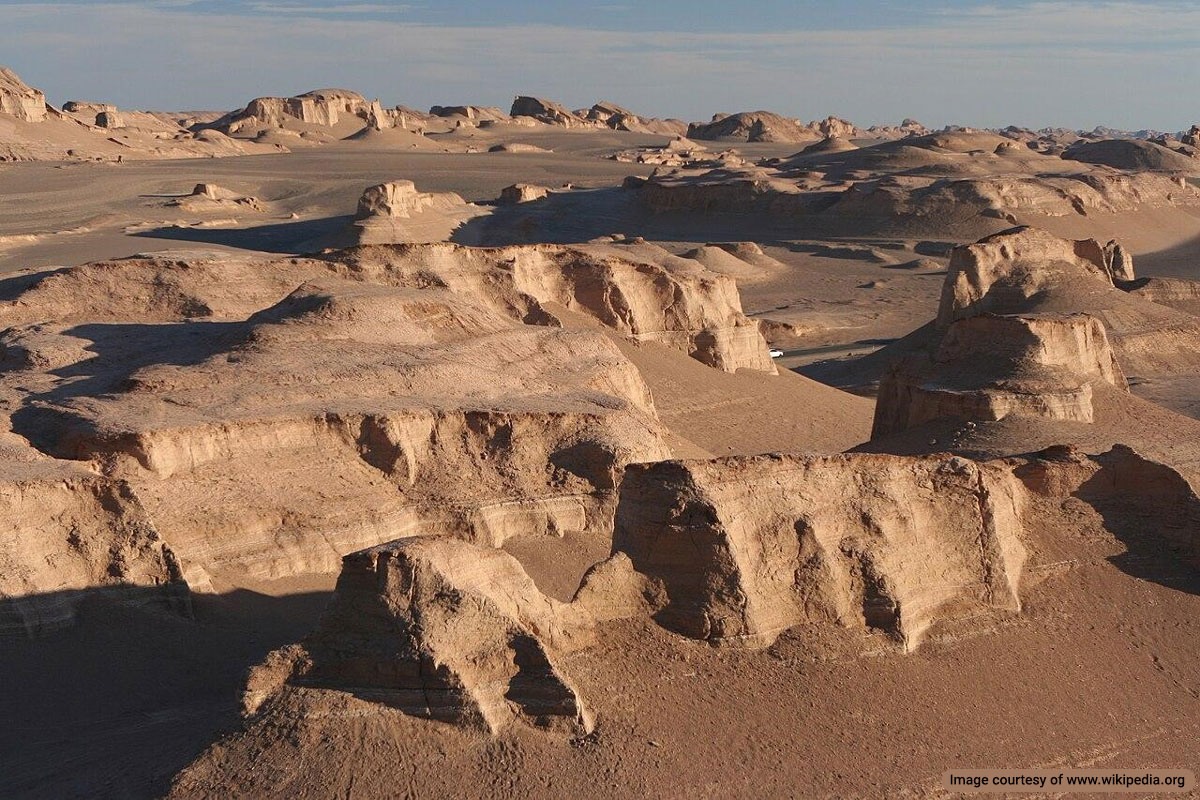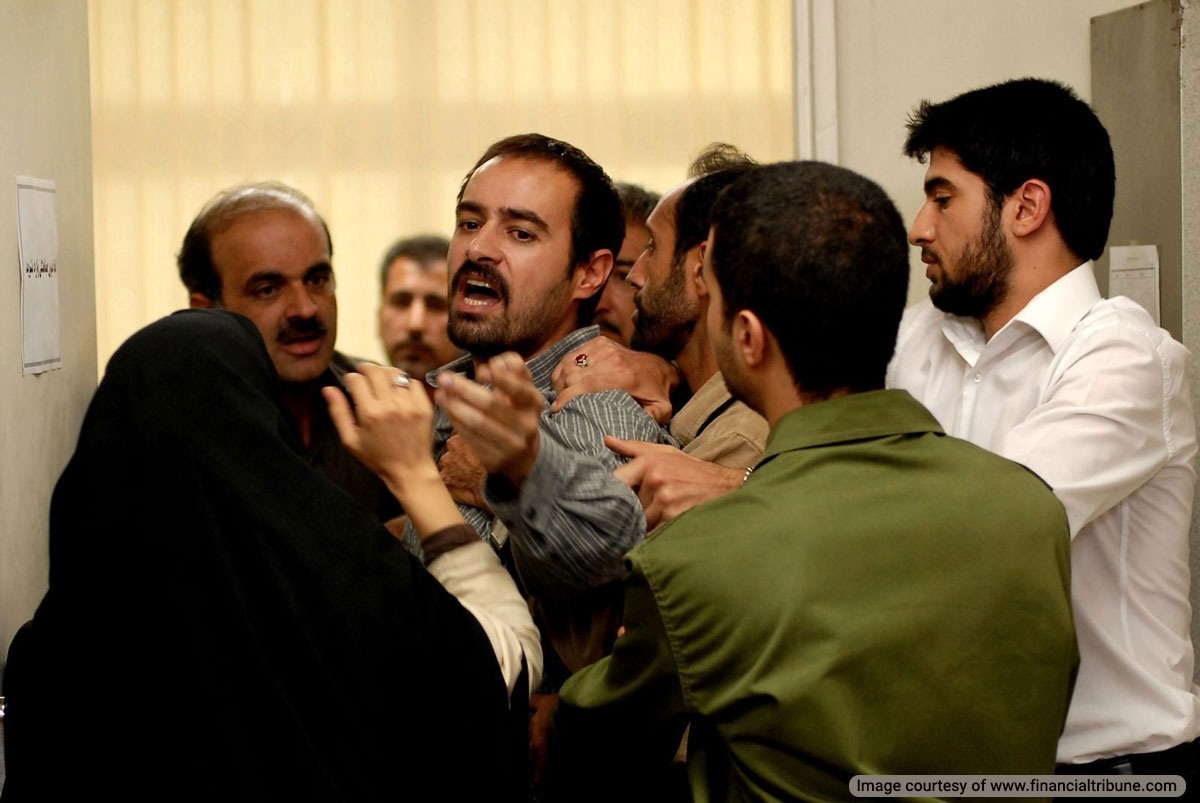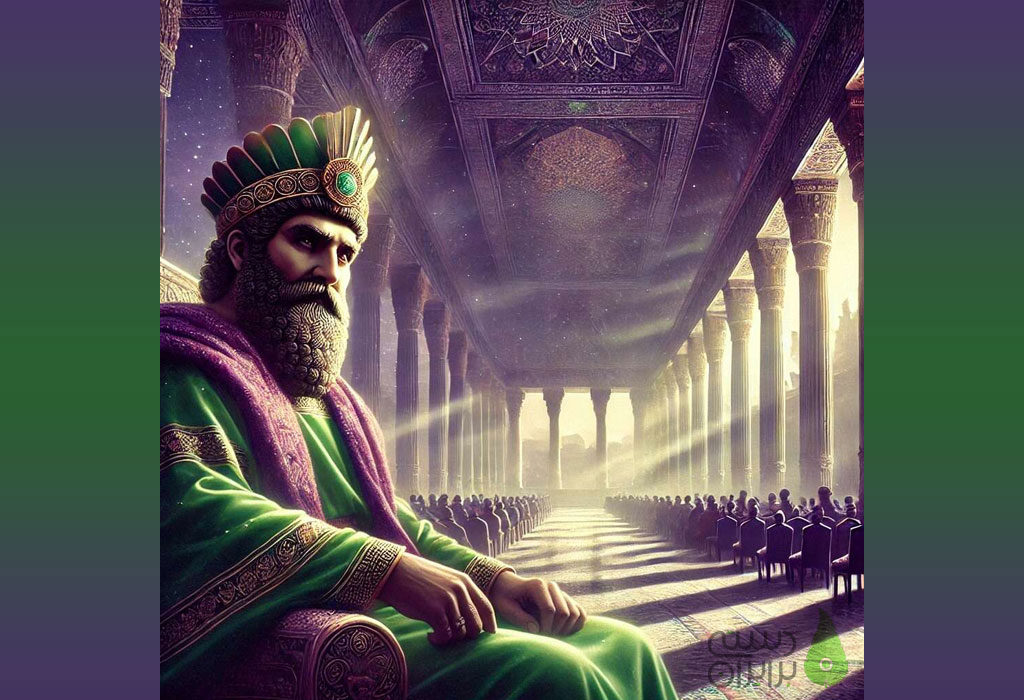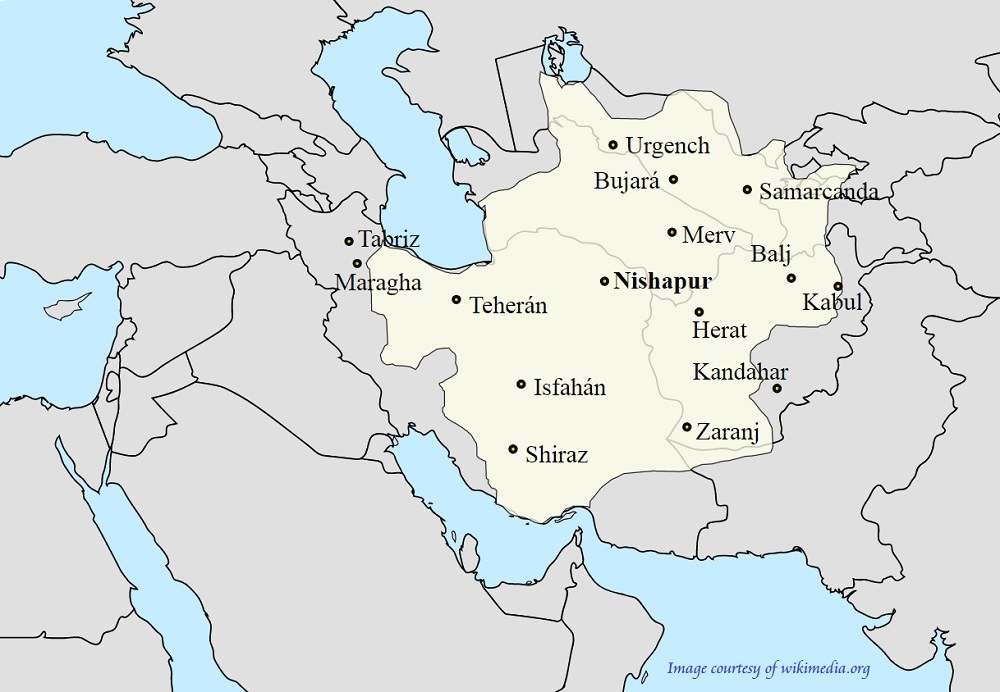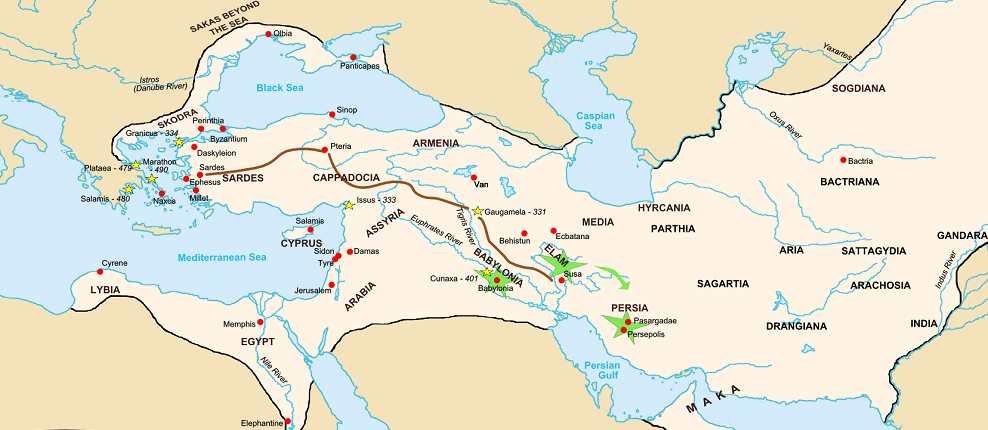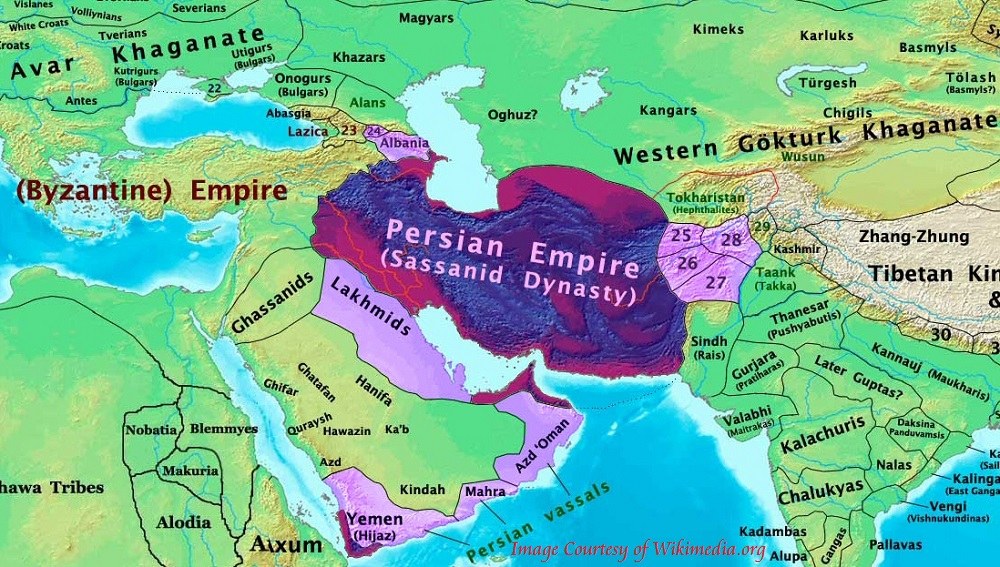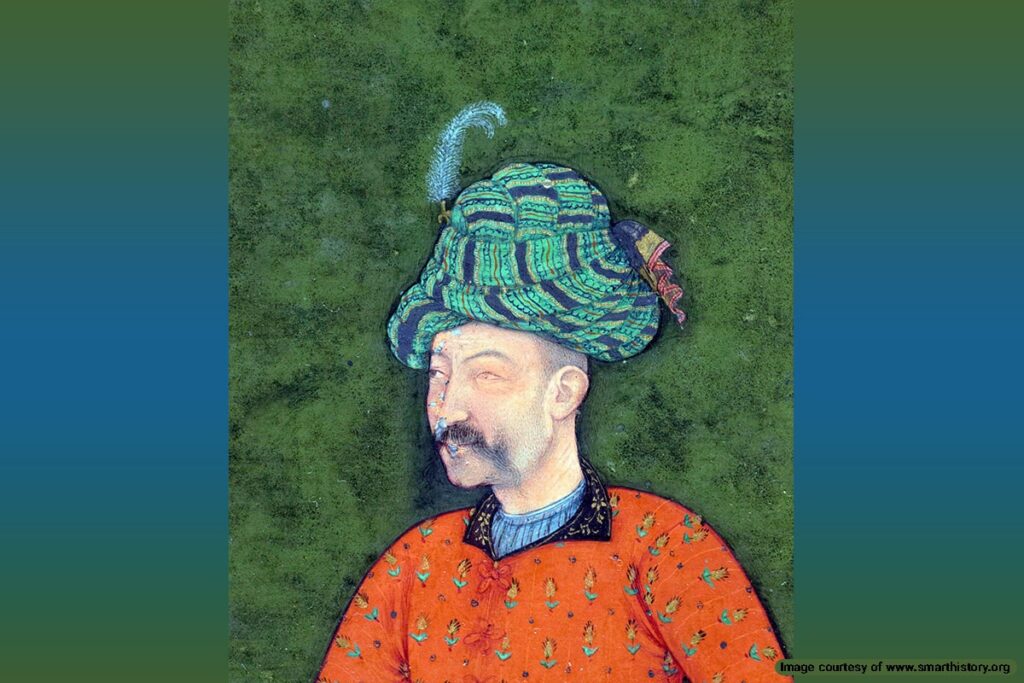
Shah Abbas I, also known as Abbas the Great, is celebrated as one of the most influential rulers in Iranian history. His reign (1588–1629) marked a golden age for the Safavid Empire, characterized by military triumphs, cultural renaissance, and strategic innovations that left an indelible mark on Persia and the broader region. This article delves into the life, achievements, and legacy of Shah Abbas I, exploring how he transformed a declining empire into a powerful and prosperous state.
Early Life of Shah Abbas I
Born on January 27, 1571, in Herat to Mohammad Khodabanda (son of Shah Tahmasp I) and Khayr al-Nisa Begum, a Mazandarani princess, Abbas’s childhood unfolded amid chaos. The Safavid Empire was fractured after the death of Tahmasp I in 1576, followed by the brutal reign of Ismail II, who ordered the execution of Abbas. Ismail’s sudden death in 1577 spared Abbas but left his father, the partially blind Mohammad Khodabanda, on the throne.
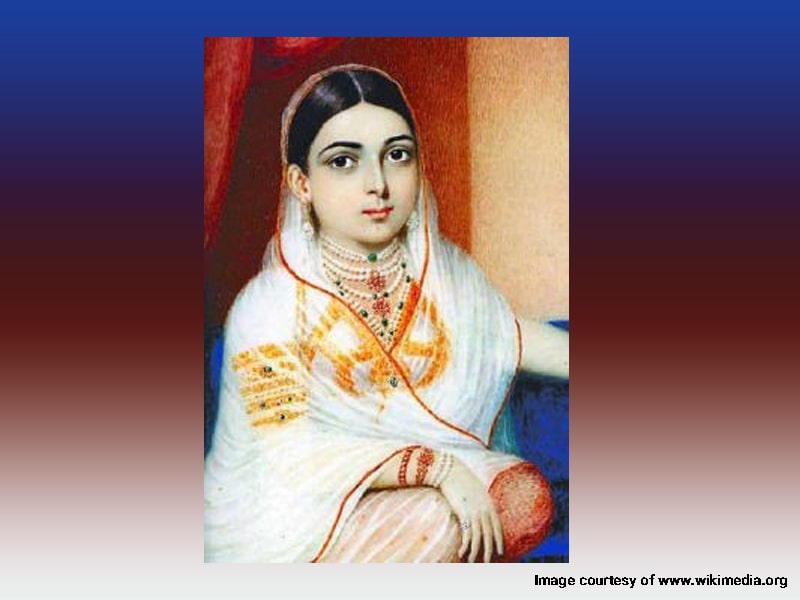
Khayr al-Nisa Begum emerged as the empire’s de facto ruler, rallying forces against Ottoman incursions. However, her power threatened the Qizilbash leaders—Turkic tribal chieftains—who assassinated her in 1579. This left Khodabanda vulnerable, and by 1581, Abbas was caught in a civil war between rival Qizilbash factions.
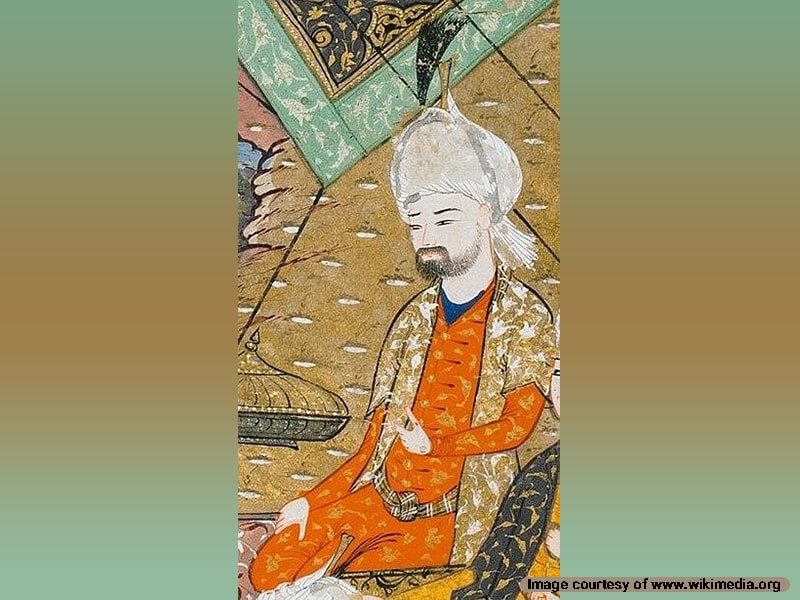
The Rise of Shah Abbas to Power
The power vacuum following the assassination of Khayr al-Nisa Begum in 1579 plunged the Safavid Empire into chaos. By 1581, two Qizilbash factions emerged as key players:
- Ali-Qoli Khan Shamlu, based in Qazvin.
- Murshid Qoli Khan, operating in Khorasan.
Rebellion and Proclamation of Abbas Mirza
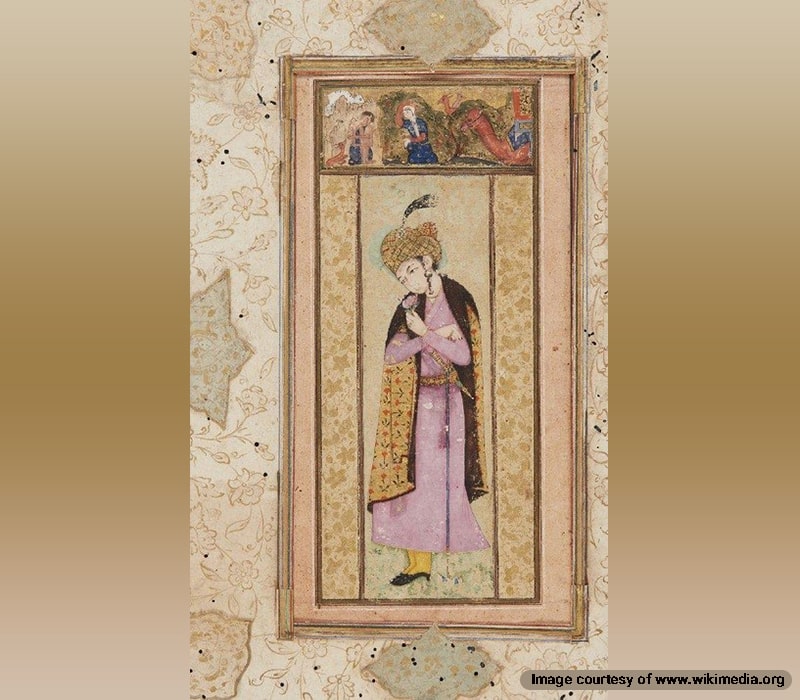
After the Takkalu tribe invaded Qazvin in 1581, Ali-Qoli Khan Shamlu rebelled against the weak Safavid crown under Mohammad Khodabanda. With Qizilbash’s support, he proclaimed the 10-year-old Abbas Mirza (later Shah Abbas I) as the rightful Shah of Iran in Herat. This triggered a Safavid civil war, with rival factions vying for control.
Ottoman Invasion and Truce
In 1585, the Ottomans capitalized on Safavid disarray, invading Tabriz in northwest Iran. The crisis forced a temporary truce:
Ali-Qoli Khan and Abbas Mirza retained power in Herat but pledged loyalty to Hamza Mirza (Abbas’s brother and heir apparent).
This fragile alliance collapsed in 1586 when Hamza Mirza was assassinated by his barber—likely orchestrated by Qizilbash leaders seeking to destabilize the throne.
Murshid Qoli Khan’s Betrayal and Abbas’s Ascension
Murshid Qoli Khan, once an ally of Ali-Qoli, betrayed him in 1587:
- Conquered Mashhad: Seized Khorasan’s capital.
- Abducted Abbas Mirza: Removed the young prince from Ali-Qoli’s custody.
- Exploited Uzbek Invasions: As Uzbeks ravaged Khorasan and Herat, and Mohammad Khodabanda fled Qazvin, Murshid Qoli marched west with a Qizilbash army.
On October 1, 1587, Murshid Qoli stormed Qazvin, overthrew Khodabanda, and crowned 17-year-old Abbas as Shah. Murshid Qoli became his Vakil (chief minister), though Abbas would later eliminate him in 1589 to consolidate absolute power.
Military Reforms: The Ghulam Army and Qizilbash Neutralization
To dismantle Qizilbash’s dominance, Shah Abbas I created a 37,000-strong Ghulam army—enslaved Georgians, Armenians, and Circassians converted to Islam. By 1600, this force grew to 40,000 soldiers, including musketeers and artillery units, loyal solely to the crown. Key outcomes:
- Centralized Power: Reduced Qizilbash’s influence in governance and military affairs.
- Integration of Migrants: Nearly 500,000 Caucasus migrants settled in Iran, enriching its demographic fabric.
- Royal Guards: A dedicated force of 3,000 royal guards bolstered Abbas’s security.
Reclaiming Safavid Territories: Shah Abbas Military Campaigns
Shah Abbas I (Abbas the Great), the Safavid Empire’s most formidable ruler, secured Iran’s eastern and western frontiers through decisive victories over the Uzbeks and Ottomans. His campaigns reclaimed Herat and Tabriz, solidified control over Khorasan and the Caucasus, and expelled Portuguese forces from the Persian Gulf. Abbas transformed Iran into a regional powerhouse by leveraging artillery, scorched-earth tactics, and alliances like the British East India Company. Below is a structured breakdown of his military campaigns:
| Campaign | Key Events | Dates |
| Eastern Front: Uzbeks | -Recaptured Herat after Uzbek retreat, securing Khorasan. -Expanded control to Balkh, stabilizing eastern frontiers. | 1598–1603 |
| Western Front: Ottomans | -Launched surprise attack on Tabriz using artillery. -Destroyed Ottoman base at Nahavand. -Secured Caucasus via Treaty of Nasuh Pasha. | 1603–1612 |
| Ottoman Counterattack | -Ambushed 100,000 Ottoman troops near Qazvin and Ardabil using scorched-earth tactics, crushing their advance. | 1618 |
| Southern Campaigns | -Expelled Portuguese from Hormuz and Bahrain with British naval aid. -Established Bandar Abbas as a strategic trade hub. | 1602–1622 |
| Kandahar Conquest | -Captured Kandahar from the Mughals during India’s civil war, asserting control over disputed territories. | 1622 |
| Caucasus Campaign | -Conquered Caucasus territories (modern-day Georgia, Armenia) and formalized control via Treaty of Nasuh Pasha. | 1603–1612 |
| Mesopotamian Campaign | -Reclaimed Baghdad from Ottomans after a Georgian rebellion diverted their forces. -Held Baghdad until his death. | 1624–1625 |
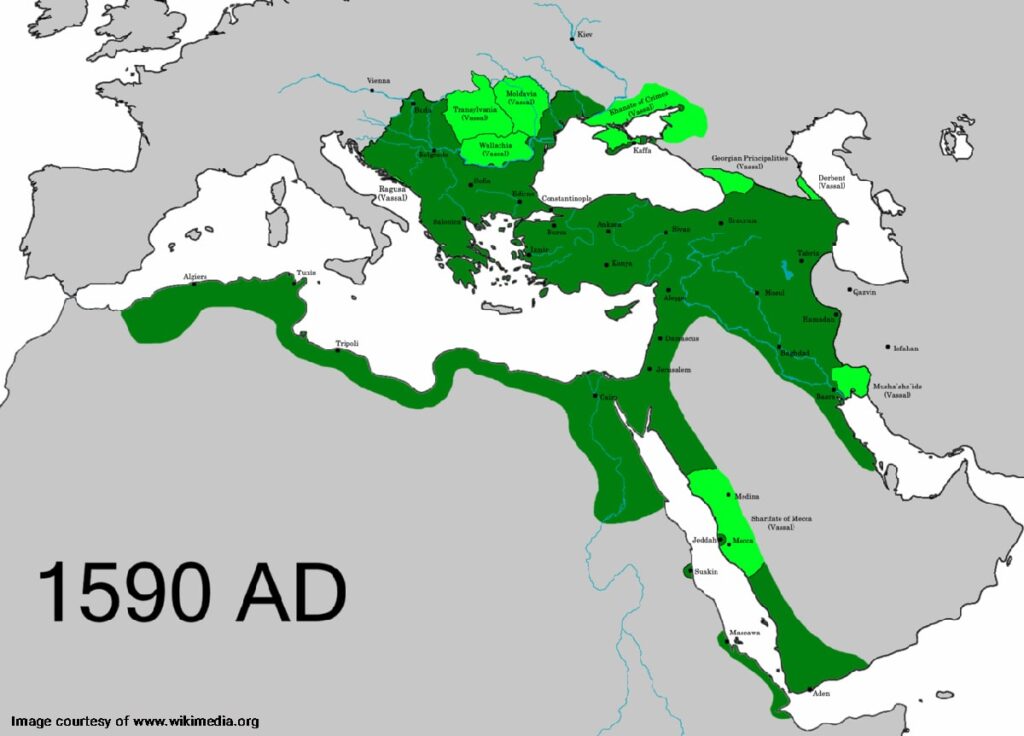
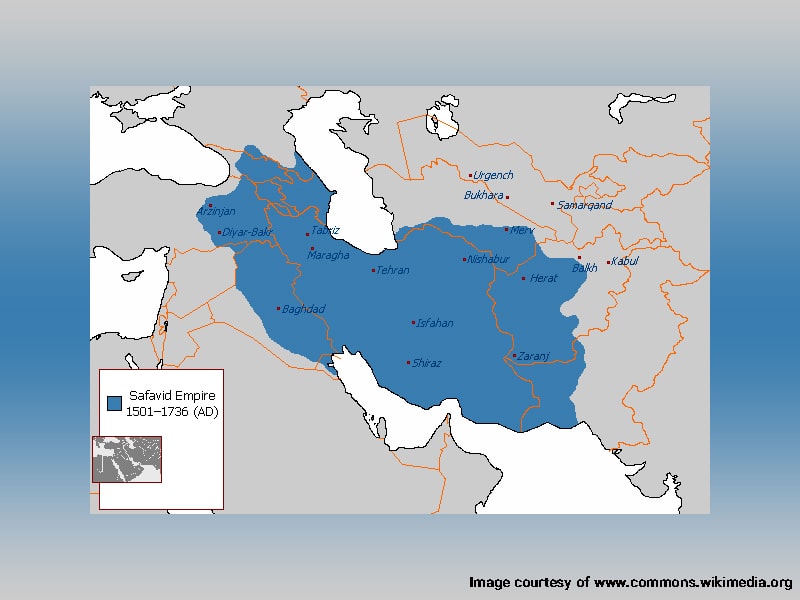
Shah Abbas’s Diplomatic and Cultural Achievements
Shah Abbas I’s Diplomatic and cultural legacy reshaped Iran’s global standing. He modernized the Safavid military and expelled Portuguese invaders from the Persian Gulf by forging alliances with European powers and the Mughals. Simultaneously, his patronage of the Isfahan School of Art and architectural marvels like the Chehel Sotoun Palace sparked a cultural renaissance. Below is a comprehensive overview of his diplomatic strategies and cultural contributions, optimized for the British East India Company, Isfahan School of Art, and Safavid architecture keywords.
Diplomatic Strategies and Military Modernization
| Aspect | Details |
| Alliances with European Powers | -Partnered with the British East India Company to expel Portuguese from Hormuz and Bahrain. -Secured British naval support for military campaigns. -Negotiated fair trade deals, boosting Iran’s economy. |
| Military Modernization | -Integrated musketeers and artillery units into the Safavid army. -Leveraged European expertise to enhance defensive and offensive capabilities. -Established Bandar Abbas as a strategic trade hub. |
| Relations with the Mughals | -Maintained peace with Mughal rulers like Akbar to counter Uzbek threats. -Exploited India’s civil war to capture Kandahar in 1622. |
| Engagement with Spain | -Facilitated the transfer of military technology and expertise. -Strengthened Iran’s artillery and naval capabilities through Spanish collaboration. |
Safavid Cultural Renaissance and Artistic Flourishing
| Aspect | Details |
| Isfahan School of Art | -Fostered the Isfahan School of Art, blending Persian and European artistic techniques. -Patronized miniaturists, calligraphers, and architects, elevating Iran’s cultural prestige. |
| Architectural Marvels | -Commissioned iconic landmarks like the Chehel Sotoun Palace, Sheikh Lotfollah Mosque, and Ali Qapu Palace. -Transformed Isfahan into a cultural and political hub. |
| Urban Development | -Launched beautification projects, including Naqsh-e Jahan Square and expansive gardens. -Promoted urban planning and public spaces, showcasing Safavid grandeur. |
Achievements of Shah Abbas
Shah Abbas made substantial advancements in various spheres during his reign:
- Military Alliances: Expelled Portuguese forces with British aid and modernized the army with European technology.
- Trade and Commerce: Established Bandar Abbas as a global trade hub, boosting Iran’s economy.
- Cultural Patronage: Fostered the Isfahan School of Art and built iconic architectural landmarks.
- Diplomatic Mastery: Balanced relations with the Mughals, Ottomans, and European powers to secure Iran’s interests.
Final Campaigns and Death
The 1624 Georgian Rebellion temporarily diverted Abbas to the Caucasus, which allowed the Ottomans to capture Baghdad. He reclaimed the city in 1625. In 1629, Shah Abbas I died at 57 in Farahabad, Mazandaran, but his reforms—centralized governance, military modernization, and cultural patronage—defined the Safavid Empire’s golden age. His strategic use of Qizilbash factions, suppression of rivals, and alliances with European powers like the British East India Company exemplify his political genius.
Frequently Asked Questions about Shah Abbas
Please let us know in the comments if you have any other questions about Shah Abbas or related topics. We will respond as soon as possible.
Who was Shah Abbas I?
Shah Abbas was the fifth Safavid Shah, reigning from 1588 to 1629. He is known for his role in consolidating power, regaining and expanding the territory of Iran, improving the military, and fostering a cultural renaissance.
How did Shah Abbas change Isfahan?
Shah Abbas transformed Isfahan into the capital of his empire and oversaw extensive urban development. He built majestic mosques, bridges, and public spaces, turning it into one of the most beautiful cities in the world.
What was Shah Abbas’s relationship with the Ottomans?
Abbas had a tumultuous relationship with the Ottoman Empire. While he fought against them to reclaim territory, he also employed a strategy of diplomacy and alliances with European powers to counter Ottoman influence.
What impact did he have on Persian culture?
Shah Abbas’s reign is often seen as a golden age for Persian arts and culture. He patronized poets, artists, and architects, leading to significant advancements in Persian miniature painting, carpet weaving, and calligraphy.
How did Shah Abbas die?
Shah Abbas died in his palace in Mazandaran due to poor health. His later years were marked by issues of succession and the decline of central authority, which affected the stability of the Safavid dynasty after his death.





